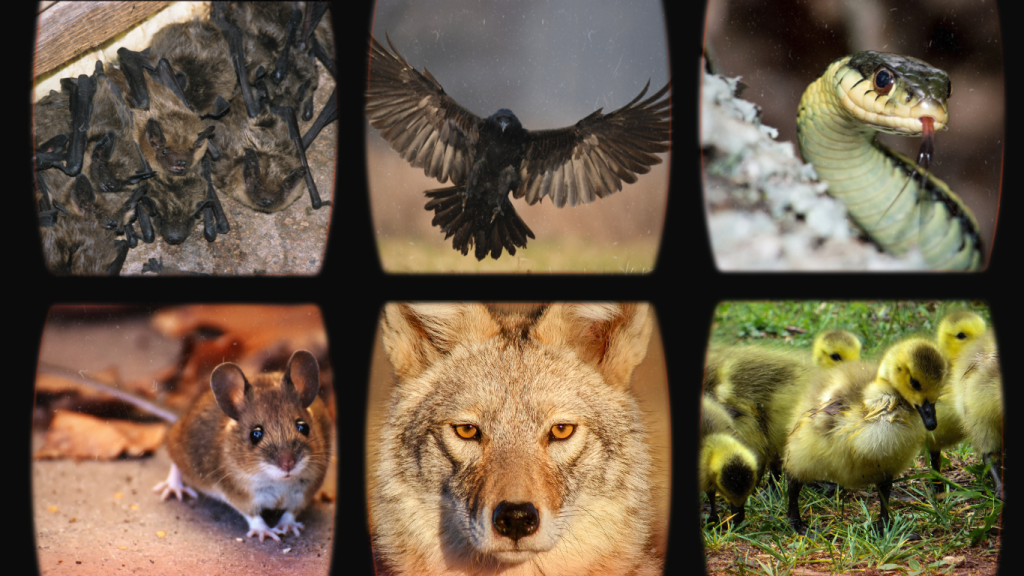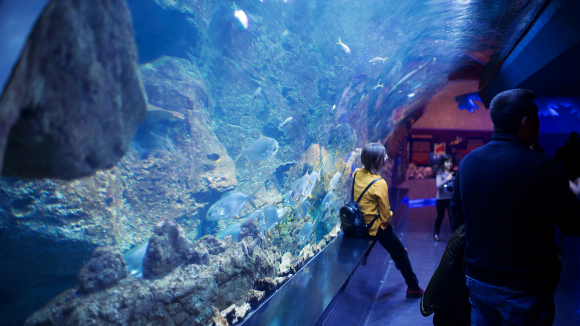Speaking Up for Wildlife
The Pacific Northwest is home to thousands of diverse animal species who make our region wild. Thriving wildlife populations indicate healthy forests, grasslands and watersheds.
NARN works to protect the Northwest’s wildlife through advocating for the return of native, keystone species while fighting for habitat protection for their long-term recovery. We also work to highlight the harmful effects that animal agriculture has on native wildlife populations.
We work in coalition with local, regional, and national organizations to bring attention to issues affecting wildlife in the Pacific Northwest.





 “Fur Bearing” Animals
“Fur Bearing” Animals USDA Wildlife Services
USDA Wildlife Services

